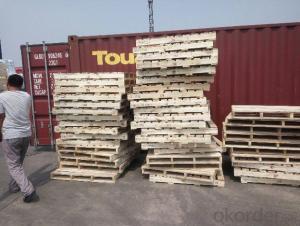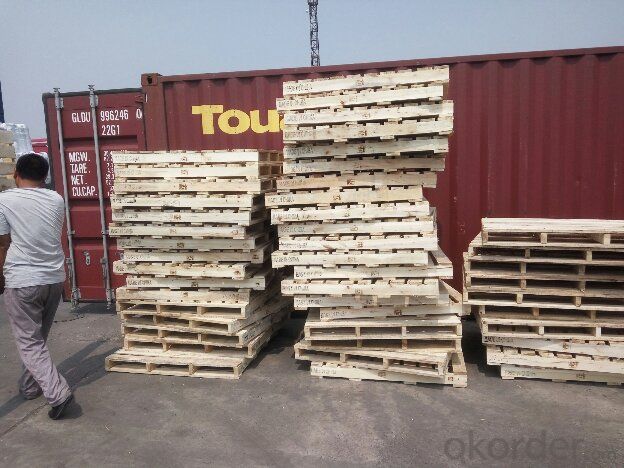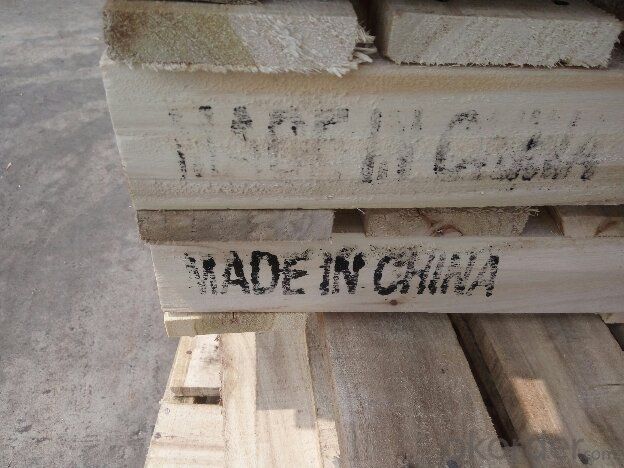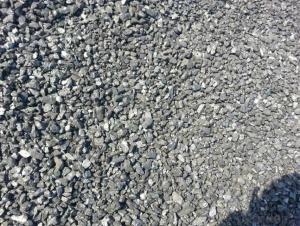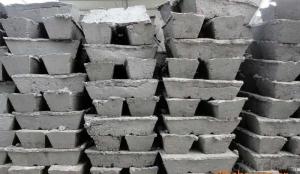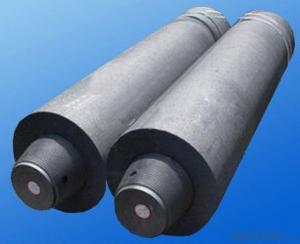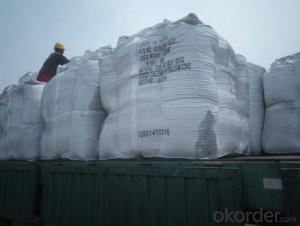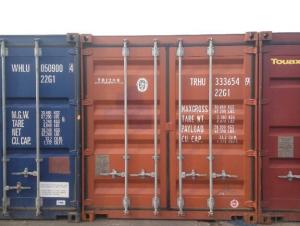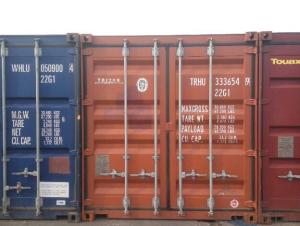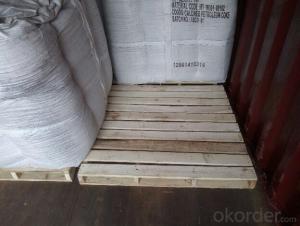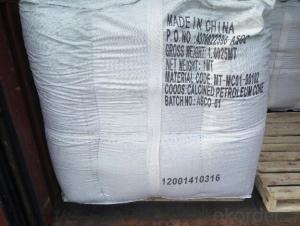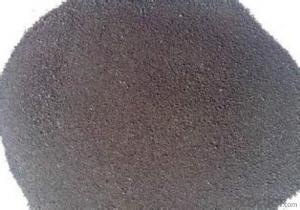Calcined Petroleum Coke as Injection Coke for Foundry Mills
- Loading Port:
- Tianjin
- Payment Terms:
- TT OR LC
- Min Order Qty:
- 20.5
- Supply Capability:
- 1015 m.t./month
OKorder Service Pledge
OKorder Financial Service
You Might Also Like
Intrduction
Carbon additive to ningxia production of anthracite as raw material, after washing, crushing, high temperature calcination, filter, etc. Craft refined and become.This is after the anthracite calcination generated high carbon content and low volatile component of the new product, is an ideal raw material to make steel.
Calcined Petroleum Coke comes from delayed coke which extracted from oil refinery. Although Calcined Petroleum Coke contains a little bit higher level of sulfur and nitrogen than pitch coke, the price advantage still makes it widely used during steel-making and founding as a kind of carbon additive/carburant.
Features
In the smelting process for reducing agent. Performance: replace the traditional oil carbon additive, decrease the cost of steelmaking. Features: low ash. low sulfur,low phosphorus, high calorific value. High ratio resistance,high mechanical strength,high chemistry activity. It is mainly used for metallurgy reductant inoculants, casting, refractory materials, machinery, electronics and other fields.Good quality
1) high absorption rate, it can be absorbed up to 90%.
2) absorbed more quickly than other carbon additive; no residue remains in furnace.
3) low Sulfur, the lowest can reach below 0.20%; low nitrogen, normally below 200ppm (0.02%)
Specifications
CPC | |||
F.C.% | 98.5MIN | 98.5MIN | 98MIN |
ASH % | 0.8MAX | 0.8MAX | 1MAX |
V.M.% | 0.7 MAX | 0.7 MAX | 1 MAX |
SULFUR % | 0. 5MAX | 0. 7MAX | 1MAX |
MOISTURE % | 0.5MAX | 0.5MAX | 1MAX |
Pictures
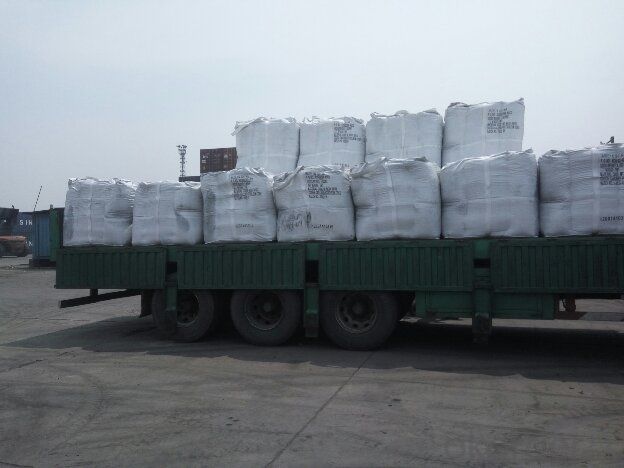
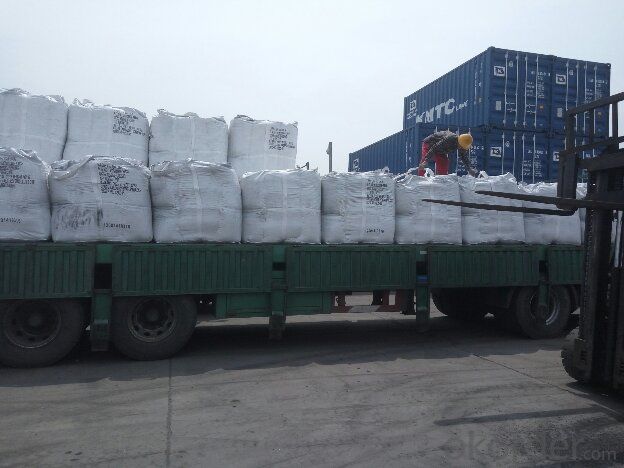
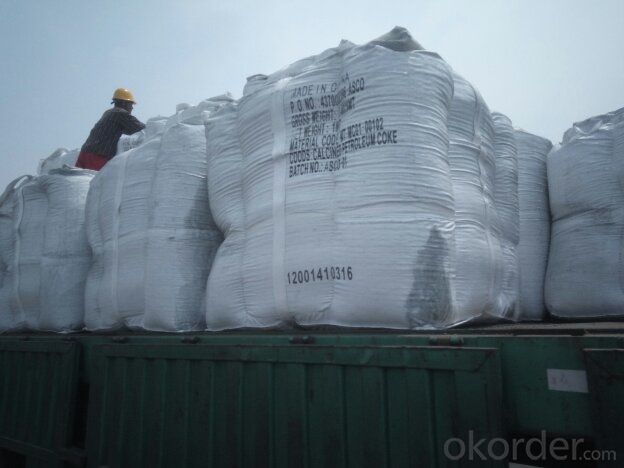
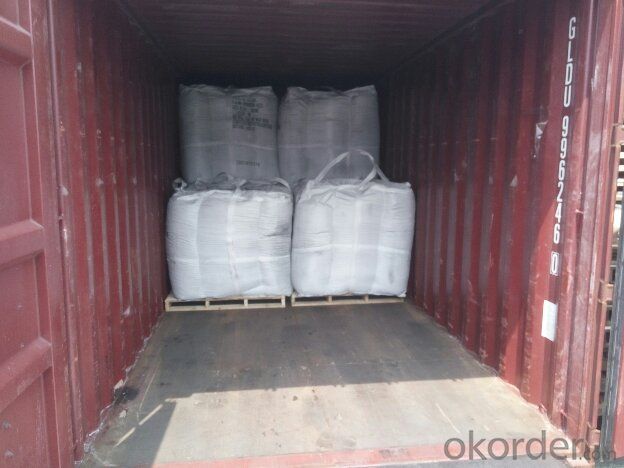
FAQ:
(1)CPC could be as fuel
Petroleum coke is a material relatively low in cost and high in heat value and carbon content with good chemical stability, making it an efficient and costeffective fuel for producing metal, brick and related products.
(2)CPC could be as Graphite Electrodes
Graphite can be produced from lowsulfur needle petroleum coke, which must be heated above 5,432 degrees Fahrenheit.
(3)CPC could be as Anodes
Calcined petroleum coke, often low in sulfur and metallic impurities, is used to make anodes for
the smelting industry.Calcined petroleum coke is mixed with coal tar pitch in the production of
anodes.
- Q: Are carbon fibers organic polymer materials?
- The fiber spacing is similar to artificial graphite and turbostratic carbon fiber.[5] levels between about 3.39 to 3.42A, the parallel plane between each carbon atom, as well as regular arrangement of graphite, and the layers are connected together by van Edward.Therefore, carbon fiber is an inorganic high polymer fiber with carbon content higher than 90%
- Q: Intend to go to the barbecue and 35 friends over the weekend, but because it is new, so I don't know how to put the carbon burning, found some web sites are also a few pens, see me confused......Hope which experienced friend to help enlighten me, the best to the specific point, thank you ah!
- This is simple, you get a newspaper ignition, and then find some sticks to make a fire, put some charcoal to burn it, take a fan to fan it, drop a few drops of oil go up, it will burn more prosperous Oh!
- Q: Is carbon a metal or non-metal?
- Carbon is a non-metal.
- Q: How does carbon affect food production?
- There are several ways in which carbon impacts food production. Firstly, carbon dioxide (CO2) plays a vital role in photosynthesis, the process by which plants convert sunlight into energy and produce oxygen. Insufficient levels of carbon dioxide hinder plant growth and food production. However, excessive carbon emissions from human activities, such as the burning of fossil fuels, have led to increased concentrations of CO2 in the atmosphere. Initially, this can stimulate plant growth, but without a proper balance of essential nutrients, it can result in nutrient imbalances and reduced crop quality. Secondly, carbon is a crucial element in soil organic matter, which is essential for soil fertility and health. Soil organic matter retains moisture, enhances soil structure, and provides a habitat for beneficial microorganisms. Higher carbon levels in the soil promote healthier plant growth, increase nutrient availability, and improve water-holding capacity. Unfortunately, unsustainable agricultural practices like excessive tilling and deforestation deplete soil carbon, leading to decreased fertility, erosion, and reduced food production. Moreover, the rise in carbon emissions has contributed to global climate change, resulting in extreme weather events such as droughts, floods, and heatwaves. These events have devastating consequences for food production. Droughts reduce water availability, making it difficult for crops to grow, while floods can wash away entire harvests. Heatwaves damage crops, reduce yields, and increase the prevalence of pests and diseases. Climate change also alters rainfall patterns, affecting planting and harvesting schedules and disrupting agricultural systems. Furthermore, carbon emissions contribute to the acidification of oceans. The increased CO2 in the atmosphere leads to higher levels of dissolved carbon dioxide in seawater, forming carbonic acid. This acidification disrupts marine ecosystems, affecting the food chain and impacting fish populations, which serve as a crucial protein source for many people. To mitigate the negative impacts of carbon on food production, it is essential to reduce carbon emissions and transition to more sustainable agricultural practices. This includes adopting climate-smart farming techniques like agroforestry, conservation agriculture, and organic farming. These practices promote carbon sequestration in soils, reduce greenhouse gas emissions, enhance biodiversity, and improve soil health. Additionally, investing in research and development of climate-resilient crop varieties and improved irrigation systems can help minimize the effects of climate change on food production.
- Q: What does carbon nanotubes (5,5) in (5,5) mean?
- 1. will be assumed as the corresponding nanotube (cut after) / graphene planar monolayer of carbon atoms (Figure 1)For hexagonal packing, marking the best method for the definition of the two unit vector (unit vector), the A1 and A2 arrow.A1 and A2 interval is 60 degrees.2. (5,5) refers to 5<a1>+5<a2>, (note that is a vector addition) more widely expressed as:(m, n) = m*<a1> + n*<a2>;
- Q: The home wants to install electricity to warm the floor, the metal heating cable certainly won't use to have radiation, but is carbon system carbon fiber good or carbon crystal good?
- South Korea has a long history of electric heating, there is no domestic manufacturers have such technology! "Carbon crystal" is in the past two years, the domestic suddenly came out, it is estimated that dozens of homes!
- Q: What are fossil fuels and how are they formed?
- Fossil fuels are natural resources that are formed from the remains of ancient plants and animals. They are non-renewable sources of energy that have been used by humans for centuries. The three main types of fossil fuels are coal, oil, and natural gas. The formation of fossil fuels begins with the organic matter that comes from plants and animals. Over millions of years, this organic matter becomes buried deep within the Earth's crust. The process of fossilization occurs as layers of sediment build up over time, putting pressure and heat on the organic matter. In the case of coal, the organic matter is mostly plant material that has been compacted and heated over time. As the pressure and temperature increase, the plant material undergoes a chemical transformation, gradually turning into coal. The formation of oil and natural gas is slightly different. It starts with the remains of tiny marine microorganisms, such as plankton, that have settled at the bottom of ancient oceans. Over time, these organic materials become buried under layers of sediment and are subjected to immense heat and pressure. Under these conditions, the organic matter gets transformed into a mixture of hydrocarbons, which is the main component of oil and natural gas. The oil and gas then migrate through porous rocks until they are trapped by impermeable layers, forming oil or gas reservoirs. Overall, the formation of fossil fuels is a slow geological process that takes millions of years. It requires specific conditions of heat, pressure, and burial to convert the organic matter into coal, oil, or natural gas. Due to their limited availability and the environmental impact of their combustion, there is an increasing focus on transitioning to renewable energy sources as a more sustainable alternative.
- Q: What type of carbon copy sheet can be printed on? How many copies?
- Printed in carbon free carbon paper, usuallyUpper: whiteMedium: RedNext: yellowMainly depends on how much you want to print.
- Q: Rod box material, there is a kind of material called carbon fiber, who knows this material is good?
- This material is good. Carbon fiber is a new kind of fiber material with high strength and high modulus of carbon content of more than 95%. It is a flaky graphite, microcrystalline and other organic fibers stacked along the axial direction of the fiber, obtained by carbonization and graphitization of microcrystalline graphite material. Carbon fiber "an hand in a velvet glove lighter than aluminum," the quality, but the strength is higher than that of steel, and has the characteristics of corrosion resistance, high modulus, in the national defense and civilian areas are important materials. It has not only the intrinsic characteristics of carbon materials, but also the softness and processability of textile fibers. It is a new generation of reinforced fiber.
- Q: What are the consequences of increased carbon emissions on global trade?
- Global trade can be significantly affected by the increased carbon emissions. One immediate impact is the potential for countries and international agreements to impose stricter environmental regulations and carbon pricing mechanisms. This can result in higher costs for industries heavily reliant on carbon-intensive activities like manufacturing and transportation. Consequently, companies may experience increased production costs, which can be transferred to consumers through higher prices for goods and services. This can negatively impact global trade, as higher costs can reduce demand and hinder international competitiveness. Moreover, industries failing to comply with environmental regulations or carbon reduction targets may face trade barriers or sanctions, further limiting their participation in global trade. Another consequence of increased carbon emissions is the possibility of climate change-related disruptions to supply chains. Infrastructure can be damaged, transportation routes can be disrupted, and the availability and quality of resources can be affected due to rising temperatures, extreme weather events, and sea-level rise. This can cause delays in production and shipping, increased transportation costs, and a higher risk of interruptions in the supply chain. These disruptions can have far-reaching effects on global trade, impacting the flow of goods, services, and investments across borders. Additionally, increased carbon emissions contribute to global warming, which can have long-term implications for agricultural productivity and food security. Changes in temperature and precipitation patterns can result in crop failures, reduced yields, and shifts in agricultural production regions. This can disrupt global food supply chains, leading to price volatility and affecting trade flows. It may even exacerbate food shortages and inequalities. In conclusion, increased carbon emissions have multiple consequences for global trade. Stricter environmental regulations and carbon pricing can raise costs for industries, potentially reducing their competitiveness. Climate change-related disruptions to supply chains can cause delays, increased costs, and interruptions in trade. Furthermore, the impact of global warming on agricultural productivity can significantly affect food security and trade in agricultural commodities.
Send your message to us
Calcined Petroleum Coke as Injection Coke for Foundry Mills
- Loading Port:
- Tianjin
- Payment Terms:
- TT OR LC
- Min Order Qty:
- 20.5
- Supply Capability:
- 1015 m.t./month
OKorder Service Pledge
OKorder Financial Service
Similar products
Hot products
Hot Searches
Related keywords
